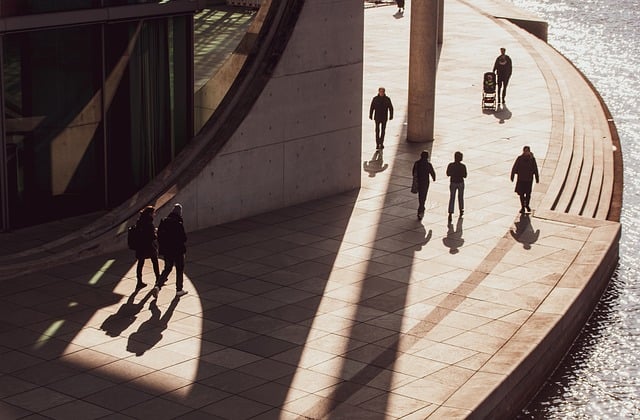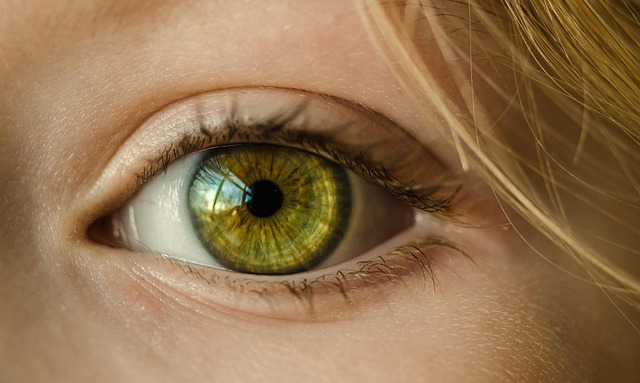A triptych is a three‑panelled artwork that has captured the imagination of artists for centuries. Its very structure—three connected surfaces—offers a unique canvas for storytelling, symbolism, and visual rhythm. Unlike a single panel, a triptych invites a dialogue between parts, encouraging viewers to move between images while staying anchored to a central theme. The term “triptych” comes from the Greek words tri (three) and ptyche (fold), and it has become a staple in painting, sculpture, and even modern digital media.
Historical Roots of the Triptych
Triptychs emerged in the Middle Ages as portable altarpieces. The central panel often displayed a saint or Christ, while the wings featured donors or narrative scenes. One of the earliest and most celebrated examples is Jan van Eyck’s Ghent Altarpiece, where the middle panel holds a heavenly tableau and the side panels frame the narrative with depth and context. During the Renaissance, artists like Michelangelo expanded the concept, using triptychs to explore human anatomy and biblical drama with unprecedented realism.
Visual and Thematic Unity
Creating a coherent triptych requires meticulous planning of visual and thematic threads. Artists often start by sketching a rough outline of all three panels, identifying the main subject, recurring motifs, and color palettes. A consistent narrative thread—such as a journey, a transformation, or a philosophical idea—ensures that the viewer perceives the set as a single story rather than three unrelated images.
Color Harmony Across Panels
Color continuity is vital for emotional resonance. If the central panel is dominated by cool blues, the side panels should complement, perhaps with subtle blues or muted neutrals. Alternatively, using a complementary color scheme—blue on the center, orange on the wings—can create a striking visual dialogue. A balanced approach avoids abrupt clashes and guides the eye smoothly from one panel to the next.
Composition Techniques
- Focal Points: Every panel should have a clear focal point that draws the eye. The central panel often holds the most dramatic element, while side panels support it with secondary actions.
- Leading Lines: Use lines that traverse panels to create a sense of movement and unity.
- Rhythm: Repeated patterns or shapes across panels establish a visual rhythm, enhancing cohesion.
- Scale Variation: Slight differences in scale can highlight hierarchy, but extremes should be avoided to maintain harmony.
Physical Construction and Framing
Beyond the painted surface, the triptych’s construction influences its longevity and aesthetic. Traditional wooden frames are often used, with hinges to allow the wings to open and close. The thickness of the panels, the type of glue, and the choice of backing material all affect the piece’s stability. For modern artists, lightweight composites and modular frames can reduce weight while maintaining structural integrity.
Contemporary Explorations
Today’s artists are expanding the triptych into new media. Sculptural triptychs incorporate three-dimensional forms that interact in space, while photographic triptychs use digital stitching to create expansive landscapes. Even virtual reality projects employ the triptych concept to guide user navigation across three immersive scenes, preserving the narrative flow that defines the traditional medium.
Viewer Experience and Narrative Flow
When a viewer encounters a triptych, they are often compelled to move from one panel to another. This physical movement reinforces the story’s progression. A well‑crafted triptych can lead the viewer through emotional peaks and valleys, making the journey as significant as the destination. The interplay between the panels invites multiple readings, each time revealing new layers of meaning.
Practical Tips for Emerging Artists
- Start with a strong concept that can be subdivided into three distinct yet connected parts.
- Create thumbnail sketches for each panel, experimenting with composition and color.
- Maintain a color palette that threads through all panels, using accent hues sparingly.
- Plan the physical structure early—select appropriate materials for the panels and frame.
- Seek feedback from peers; a fresh eye can spot dissonance that may not be obvious to the creator.
Conclusion
The triptych remains a powerful medium for expressing complex narratives and emotional depth. By thoughtfully balancing visual unity, color harmony, composition, and physical construction, artists can craft a three‑paneled masterpiece that resonates with viewers on multiple levels. Whether steeped in tradition or forged in contemporary practice, the art of crafting a perfect triptych continues to challenge and inspire, inviting both creators and audiences to explore the rich dialogue that unfolds across its three panels.


